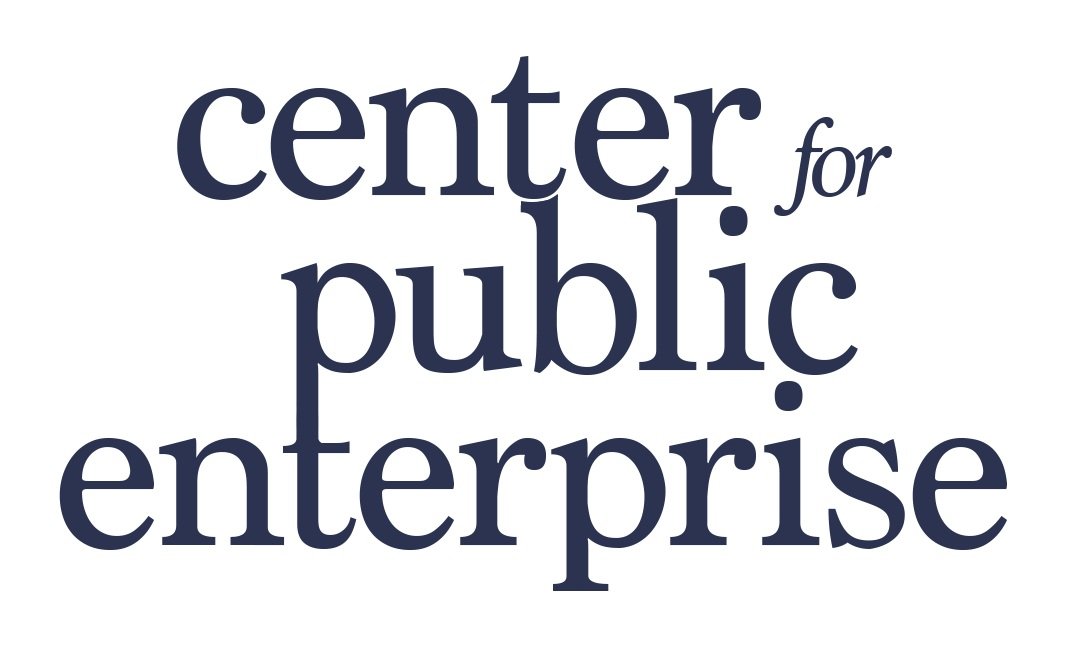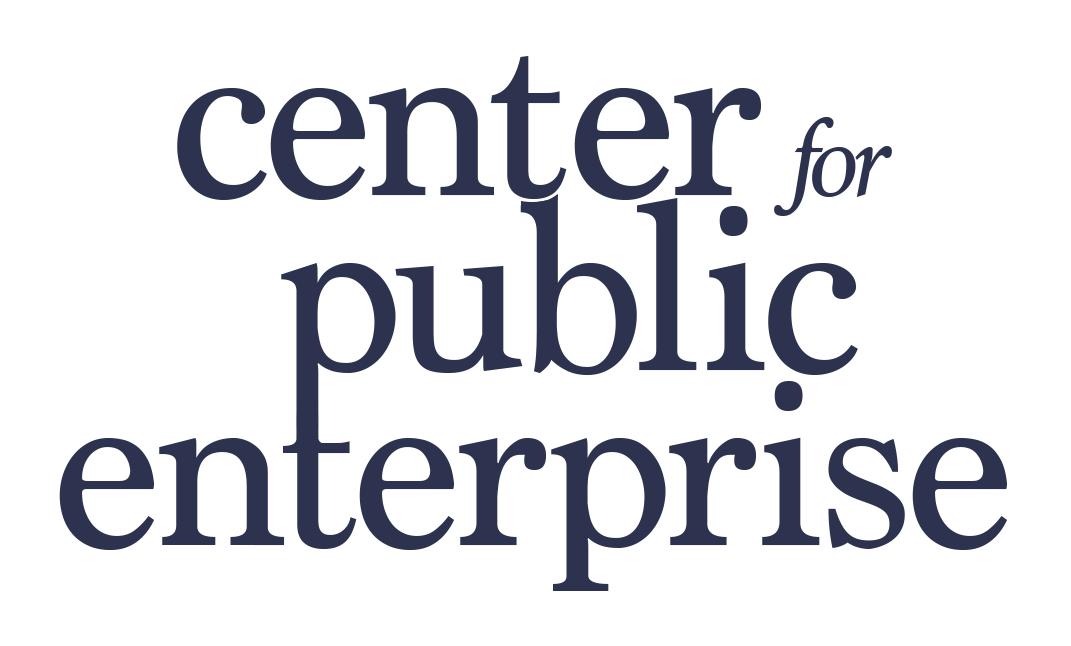Comments on Guidance for Direct Pay Under the Inflation Reduction Act
Chirag Lala, Paul Williams, Yakov Feygin
The Inflation Reduction Act (IRA) inaugurates a substantial shift in American energy policy that will, if implemented thoughtfully, usher in a decades long clean energy infrastructure buildout. Its primary incentive for clean energy generation is the clean energy tax credit program, a continuation and expansion of the tax credit programs passed over a decade ago. Numerous tax credit provisions are of special interest to governments and other public agencies at the federal, state and local levels.
For the first time, the IRA makes tax-exempt public entities eligible for the benefits under these programs through a direct payment provision (referred to herein as direct pay). Prior to this change, tax-exempt entities had been ineligible to receive the investment incentive benefits, in essence locking a large group of potential participants out of the program. With direct pay, public entities that do not have tax liability will be eligible to receive the full value of the incentives as a rebate from the Treasury.
Center for Public Enterprise has submitted the following comments to the IRS regarding implementation of these clean energy programs in the hope that regulators will consider two key guiding principles for direct pay. First, the program should be as expansive as possible: the more participants in the clean energy buildout, the better. Second, the program should create as much simplicity and predictability for public actors as possible in order to incentivize the highest level of participation that is feasible. By taking this approach, the federal government will be handing a powerful tool to public actors across the country to drive the clean energy buildout further, faster, and smarter.

